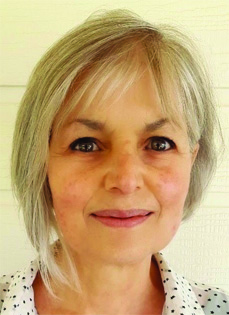
M’DINDI: Help to identify wasps
Thursday, April 8, 2021
Murrindindi Shire Council wants to assist local people in telling the difference between a European wasp and a native wasp.
“While many different species of wasps, bees and flies have black and yellow stripes, there are differences in both the appearance and behaviour of European wasps that will help you tell the difference,” said a Council representative.
Council’s Environment Portfolio Councillor Karine Haslam is urging community members to keep an eye out on their property for European wasps and take action to destroy nests.
“European wasps are a declared pest in Australia. This is due to their aggressive nature and the fact that they like living around people, where there are ready food sources available. This isn’t an ideal combination of characteristics for any flying insect, let alone a wasp,” Cr Haslam said.
“There are some key behaviours you should keep an eye out for to help you identify European wasps. They are commonly attracted to human food and pet food (in particular fish and meat), garbage and the sugars found in some fruit and drinks.
“You won’t usually see other wasp or bee species attracted to these sorts of foods. European wasps also make numerous trips between a food source and their nest.
“In terms of appearances, both European wasps and their nests are distinctively different to other native wasp species. “Paper wasps are commonly mistaken for European wasps, however European wasps have shorter and thicker bodies and have black antennae, whereas the Paper wasps have orange-brown antennae.
“The back legs of Paper wasps hang down while they fly and they’re often seen hovering over lawns, bushes and water sources.
“European wasps don’t tend to hang around in one place for too long, they fly very quickly and hold their legs close to their bodies,” Cr Haslam said.
“European wasp nests have a distinctive ‘papery’ look and are usually found hidden underground, including within retaining walls, holes dug in the ground, in rockeries, in rubbish heaps or in an uncovered compost heap’, Cr Haslam said.
“Autumn is the most critical season for European wasps because it is when the next generation of queens and male wasps are produced. If we can treat nests now, we can stop these new wasps mating and flying off to build more nests.
“If you locate a European wasp nest on your property, you can either get in touch with a professional pest control service or you can treat the nest yourself using chemicals from your local hardware store or supermarket.
“To avoid receiving a nasty sting, make sure you treat the nest at night, when wasp activity is low and cover your torch with red cellophane as insects can’t see red light. We also recommend wearing protective clothing and a bee veil,” Cr Haslam said.
To report a nest on Council land can contact 5772 0333.

